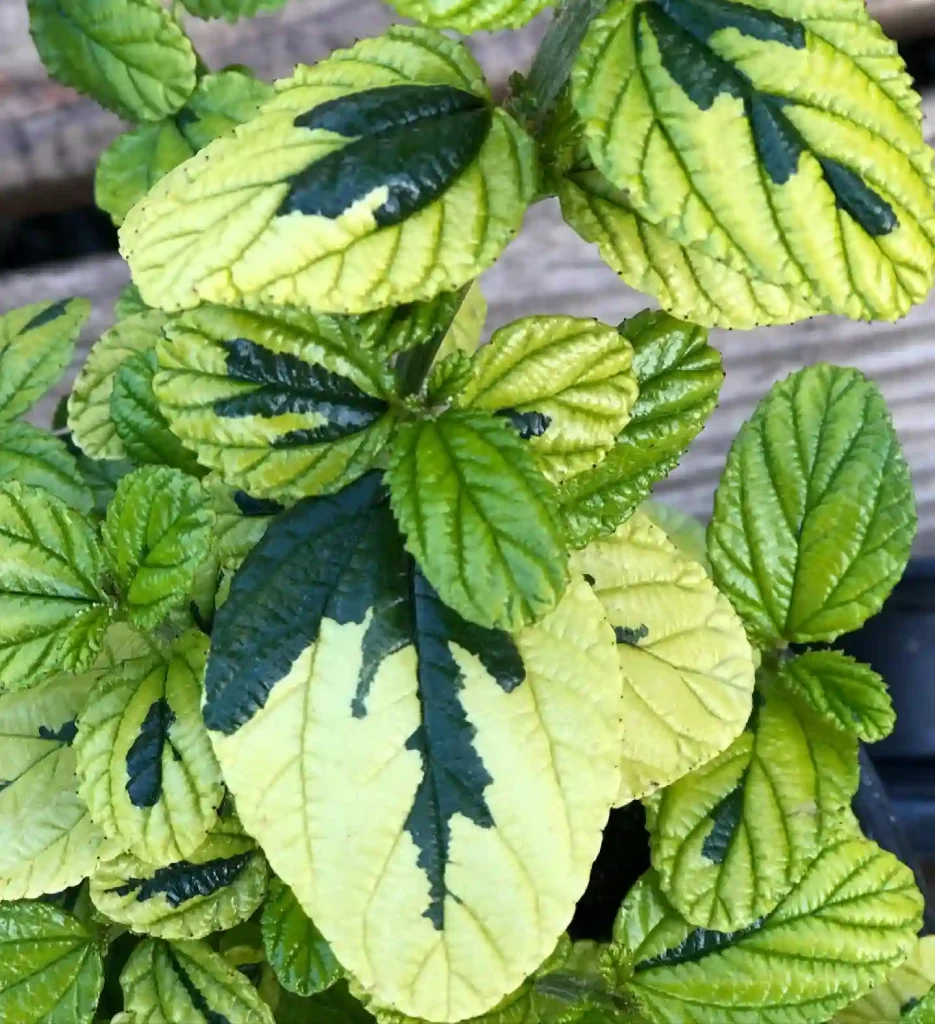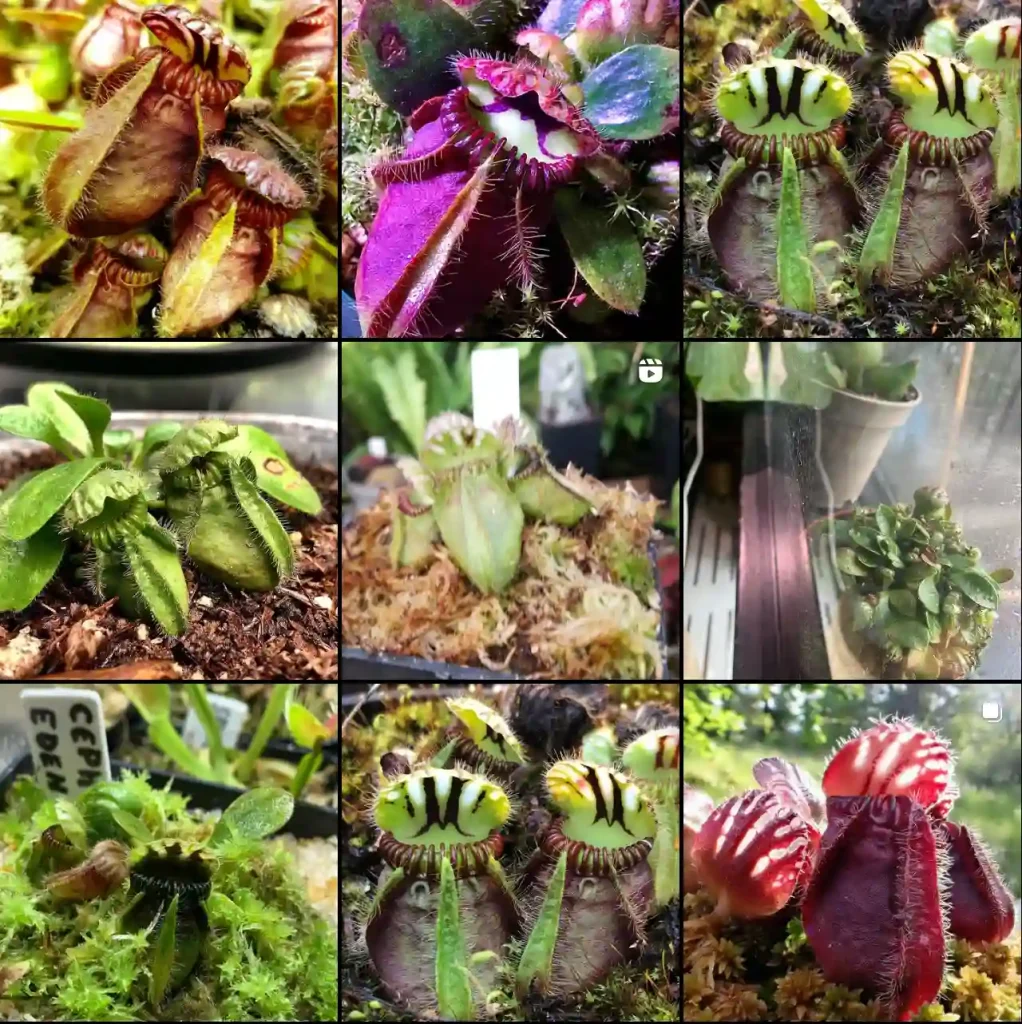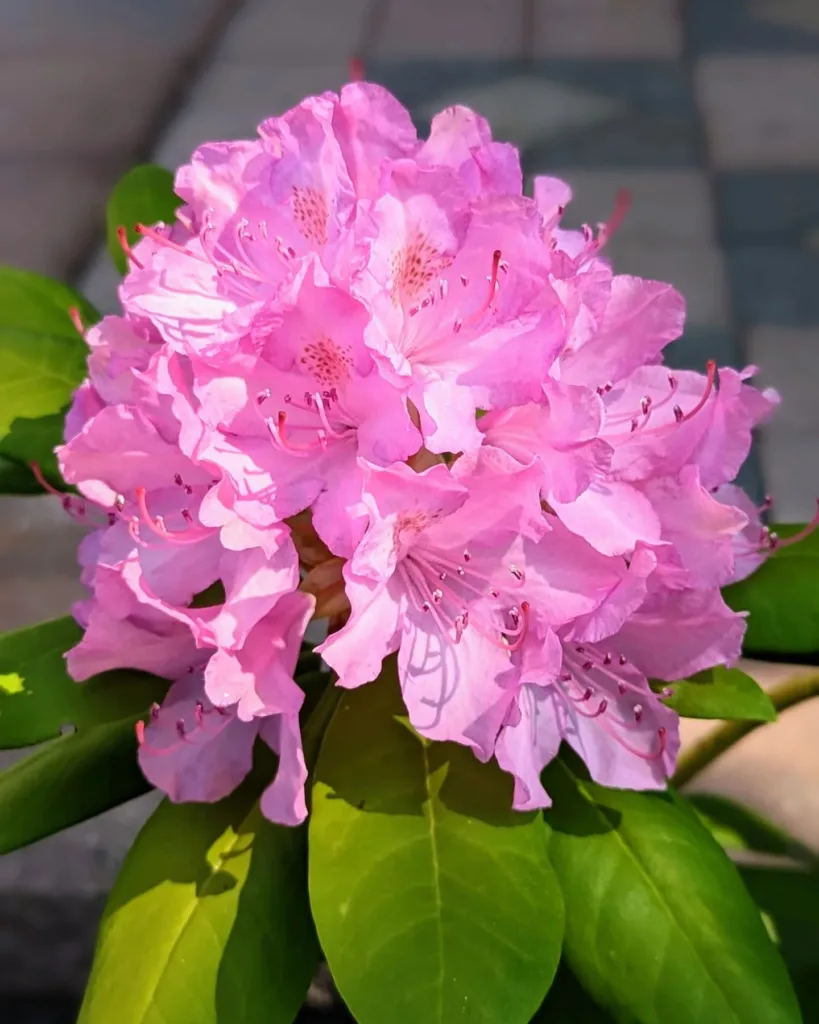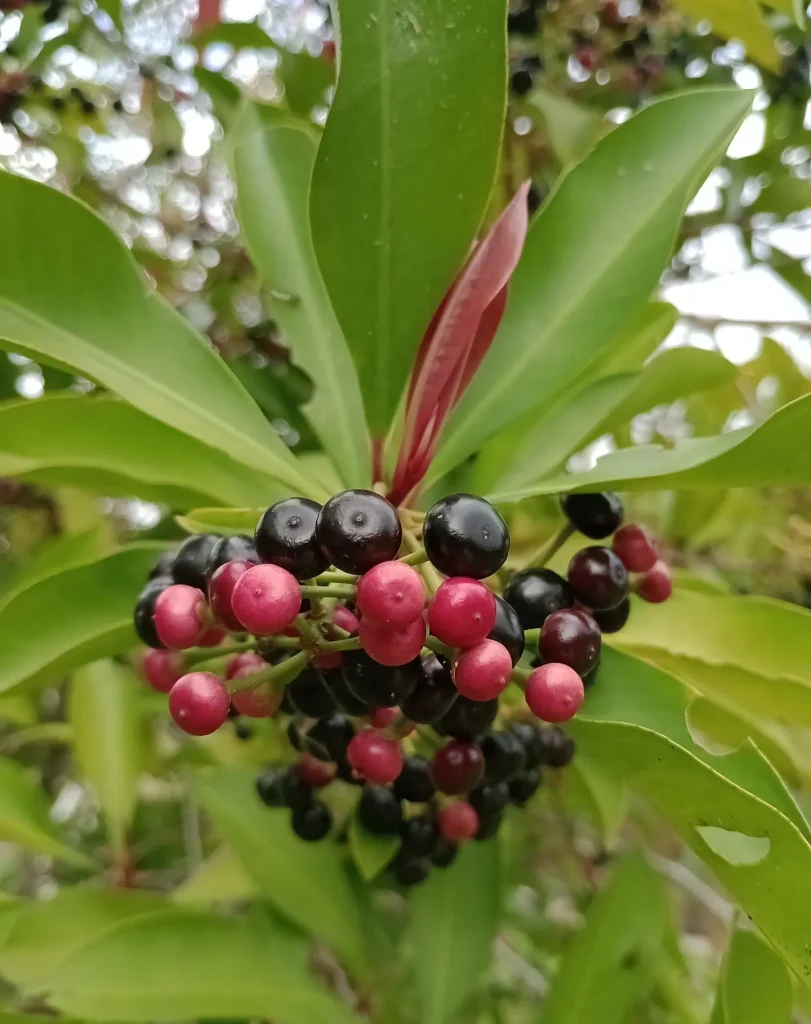Frequently Asked Questions About Spikenard
I’ve been fascinated by Spikenard for a long time. This plant, often surrounded by mystique and ancient wisdom, has intrigued herbalists, aromatherapists, and spiritual seekers alike. If you’re curious about Spikenard, you’ve come to the right place. Let’s dive into some common questions about this remarkable plant and its oil.
What is Spikenard?
Spikenard, scientifically known as Nardostachys Jatamansi, is a flowering plant of the Valerian family. It grows in the Himalayas of Nepal, India, and China. Historically, Spikenard has been used for its medicinal properties and is often mentioned in ancient texts, including the Bible. It has a long history of use as a perfume, medicine, and in religious ceremonies.
Plant Family: 34 Genera in Caprifoliaceae – Honeysuckle Family
What Does Spikenard Smell Like?
The aroma of Spikenard is quite distinctive. It has a rich, earthy, and woody scent, with sweet, spicy, and musky undertones. Some people find its aroma somewhat similar to Valerian, but Spikenard has a more refined and soothing scent. The smell can be described as grounding and calming, which is why it is often used in aromatherapy to promote relaxation and reduce stress.
What is Spikenard Oil Used For?
Spikenard oil is prized for its therapeutic properties. It is often used in aromatherapy for its calming and sedative effects. The oil is believed to help reduce anxiety, stress, and tension. In skincare, it is used for its anti-inflammatory and anti-fungal properties, making it helpful for treating skin conditions like eczema, psoriasis, and fungal infections. Additionally, Spikenard oil is known for its potential to aid sleep and promote emotional balance.
What is the Spiritual Meaning of Spikenard?
In spiritual practices, Spikenard holds a significant place. It is considered a symbol of devotion and piety. The oil is often used in religious ceremonies and is believed to help enhance spiritual connection and meditation. Spikenard is associated with healing and is said to promote emotional release and inner peace. Its use in anointing practices is well-documented in religious texts, where it symbolizes sacrifice, devotion, and a sacred bond.
Can You Ingest Spikenard Oil?
Ingesting essential oils should always be approached with caution. While some essential oils are safe for ingestion, Spikenard oil is not typically recommended for internal use without professional guidance. It is best used topically, diluted with a carrier oil, or in aromatherapy. If considering ingestion for therapeutic purposes, consulting a qualified healthcare provider is essential to ensure safety.
How Do You Pronounce Spikenard?
The pronunciation of Spikenard is “SPY-kuh-nard.” It’s a relatively straightforward pronunciation once you get the hang of it.
How Much Does Spikenard Cost?
The cost of Spikenard oil can vary depending on the quality and origin. High-quality Spikenard oil, sourced ethically and sustainably, can be quite expensive. Prices generally range from $50 to $100 per ounce, making it one of the more costly essential oils on the market. The rarity of the plant and the extraction process contribute to its price.
How to Grow Spikenard?
Growing Spikenard requires specific conditions that mimic its natural habitat. It thrives in high-altitude, cool, and moist environments, similar to those found in the Himalayas. If you’re looking to grow Spikenard, ensure it is planted in well-drained, fertile soil with plenty of organic matter. It prefers partial shade and needs consistent moisture. Growing Spikenard outside its natural range can be challenging, so it might be more practical to enjoy it through its essential oil or dried roots.
Is Spikenard Lavender?
No, Spikenard is not lavender. Although both are aromatic and used in similar applications like aromatherapy, they are different plants. Lavender belongs to the mint family and has a light, floral scent, whereas Spikenard is from the Valerian family with a deeper, earthy aroma. The two plants have different uses and properties, although they both offer calming effects.
What Does Spikenard Look Like?
Spikenard is a small, perennial plant that features pink, bell-shaped flowers. It has slender stems with soft, hairy leaves. The roots of Spikenard are aromatic and are the part of the plant used to extract the essential oil. The plant has a somewhat wild appearance, making it quite distinctive.
Spikenard vs Jatamansi
Spikenard and Jatamansi are often used interchangeably because Jatamansi is another name for Spikenard (Nardostachys jatamansi). Both names refer to the same plant, which is valued for its calming and medicinal properties. The use of different names can sometimes cause confusion, but they refer to the same botanical species.
Spikenard vs Valerian
Spikenard and Valerian are related but distinct plants, both belonging to the Valerian family. Valerian (Valeriana officinalis) is well-known for its use in promoting sleep and reducing anxiety. Spikenard, while also calming, has a broader range of uses, including spiritual and aromatic applications. Valerian has a more pungent odor compared to the sweet, woody scent of Spikenard.
How to Use Spikenard Oil
Spikenard oil can be used in various ways. It can be diffused in the air to create a calming environment or applied topically, diluted with a carrier oil, to soothe skin conditions or reduce inflammation. Many people also use it in massage oil blends to enhance relaxation or in bathwater for a spa-like experience.
Is Spikenard Toxic?
Spikenard is generally considered safe when used properly, but like all essential oils, it should be used with caution. It is always recommended to dilute the oil with a carrier oil before applying it to the skin. Pregnant or nursing women and people with certain health conditions should consult a healthcare provider before using Spikenard oil.
Spikenard is a fascinating plant with a rich history and a variety of uses, from spiritual rituals to therapeutic applications. Its unique aroma and powerful properties make it a valuable addition to any collection of essential oils. Whether you’re drawn to its calming effects, historical significance, or aromatic qualities, Spikenard certainly has much to offer.
If i die, water my plants!



